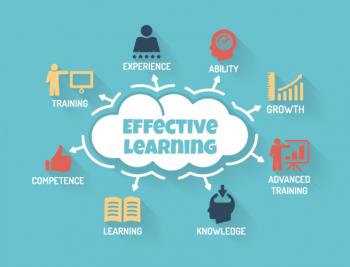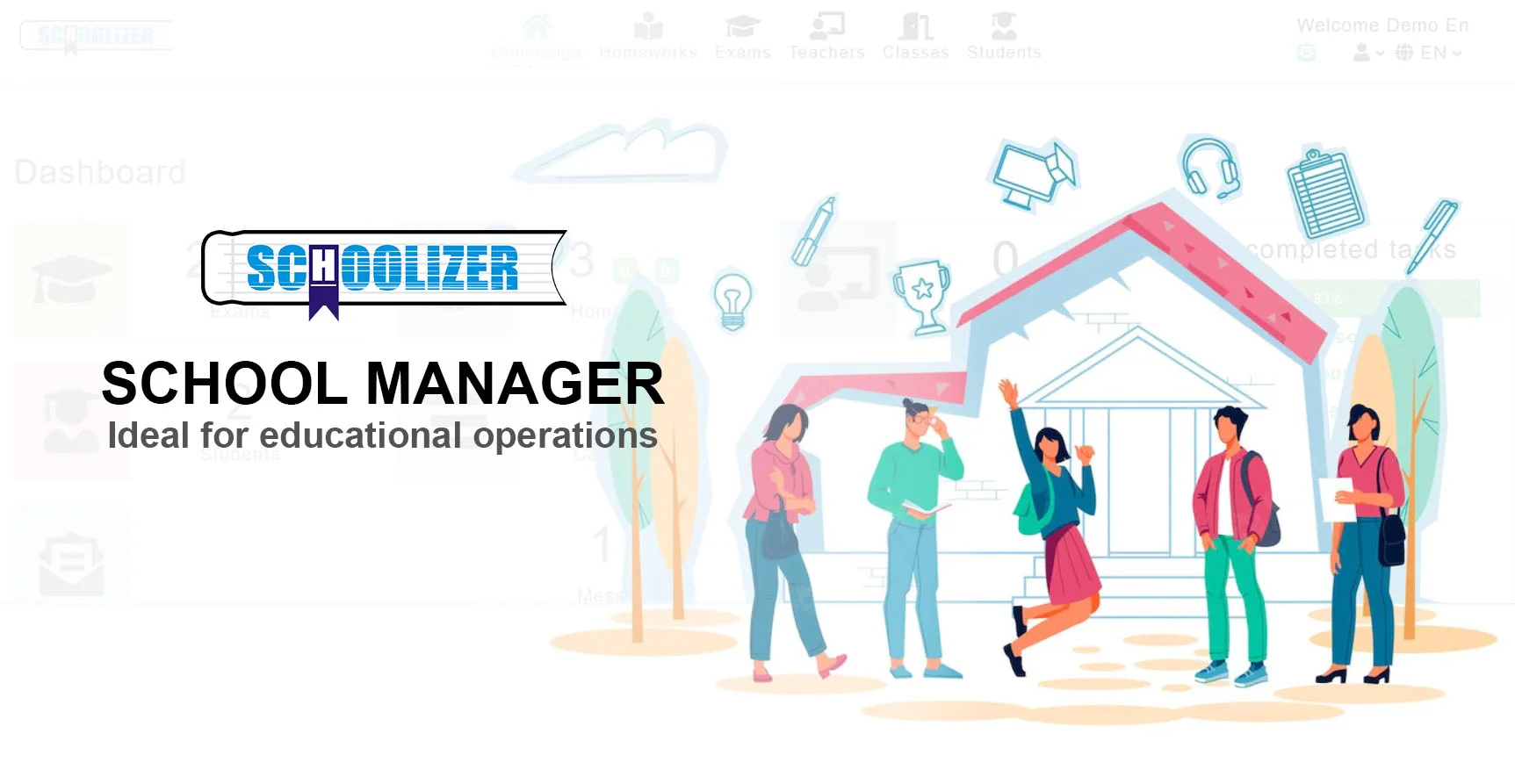Mastering Learning Strategies: A Comprehensive Guide to Effective Education

Mastering Learning Strategies: A Comprehensive Guide to Effective Education
What makes some learners excel while others struggle? Why do certain study techniques yield better results than others? How can students and educators optimize the learning process for deeper understanding and long-term retention? These questions lie at the heart of effective learning strategies—the systematic approaches that transform information into knowledge.
1. Understanding Learning Strategies: More Than Just Memorization
Learning strategies are deliberate, goal-oriented methods that enhance the acquisition, organization, and application of knowledge. Unlike passive reading or rote memorization, these techniques engage the brain actively, making learning more efficient and meaningful.
Metacognition, or "thinking about thinking," is foundational. It involves self-awareness of one's learning process—recognizing what you know, what you don't, and how to bridge the gap. For example, a student preparing for exams might assess their understanding by summarizing concepts without notes, identifying weak areas for further review.
Real-world application: Medical students often use metacognitive strategies when diagnosing cases. They consciously evaluate their thought processes, asking, "What evidence supports my conclusion? What alternatives should I consider?" This reflective practice builds clinical reasoning skills.

2. Cognitive Strategies: Tools for Mental Processing
Cognitive strategies manipulate information to enhance comprehension and memory. These include:
- Chunking: Breaking complex information into manageable units (e.g., memorizing phone numbers as 555-867-5309 rather than a 10-digit string)
- Elaboration: Connecting new knowledge to existing ideas (explaining physics concepts using sports analogies)
- Dual Coding: Combining verbal and visual representations (creating mind maps alongside written notes)
Practical example: Language learners employ dual coding when they associate new vocabulary with images. The word "apple" becomes memorable when linked to a picture of the fruit, activating both linguistic and visual brain regions.

3. Active Learning: Engaging Beyond Passive Consumption
Passive listening or reading typically results in superficial learning. Active strategies demand participation:
- Retrieval Practice: Recalling information without cues (self-quizzing strengthens memory more than re-reading)
- Spaced Repetition: Reviewing material at increasing intervals (digital tools like Anki schedule reviews optimally)
- Teach-Back Method: Explaining concepts to others exposes gaps in understanding
Classroom implementation: A biology teacher might pause lectures every 15 minutes for "think-pair-share" sessions where students discuss and teach each other key points. This interrupts the forgetting curve and reinforces learning.

4. Social-Emotional Strategies: The Role of Collaboration and Mindset
Learning isn't purely intellectual—it's deeply influenced by emotions and social dynamics. Effective strategies include:
- Growth Mindset: Believing abilities can develop through effort (students persevere through challenges when praised for process, not innate talent)
- Peer Teaching: Collaborative learning where students alternate roles as teachers and learners
- Emotional Regulation: Techniques like mindfulness to manage test anxiety
Case study: A high school math class implemented weekly peer instruction sessions. Struggling students gained confidence explaining problems to partners, while advanced learners deepened their understanding by articulating solutions. Test scores improved by 20%.

5. Technology-Enhanced Strategies: Digital Tools for Modern Learners
Digital platforms offer innovative ways to implement proven strategies:
- Adaptive Learning Software: Adjusts content difficulty based on performance (e.g., Khan Academy's personalized practice)
- Gamification: Badges and leaderboards motivate consistent practice (Duolingo's language lessons)
- Virtual Collaboration: Tools like Google Docs enable real-time peer feedback
Example: Medical students using virtual reality simulations practice surgical procedures repeatedly, receiving instant feedback on technique without risk to patients. This combines spaced repetition with realistic application.

6. Implementing Strategies: A Step-by-Step Approach
To integrate these methods effectively:
- Assess Needs: Identify learning goals and current challenges
- Select Strategically: Match techniques to content type (mnemonics for facts, analogies for concepts)
- Monitor Progress: Use reflection journals or learning analytics
- Adjust: Replace ineffective methods—what works for history may differ from math
Practical tip: A college student might use Pomodoro timers for focused study sessions (25 minutes study, 5-minute break), annotate readings with questions, and join a weekly study group—combining time management, active reading, and social learning.







